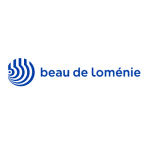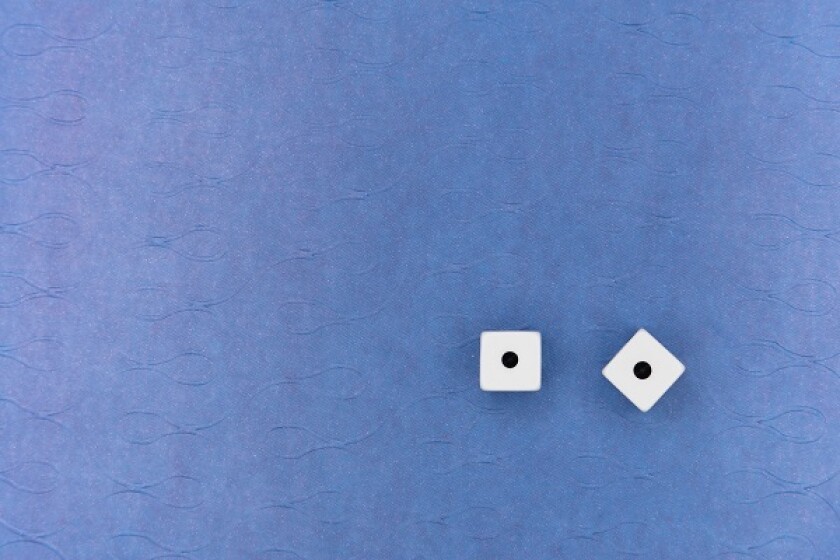IP Box : a reduced rate for IP-based income, subject to account being taken of the R&D expenditure having given rise to the assets involved
Through financial legislation in 2019, France changed its tax system concerning income derived from the transfer and licencing of patents and similar IP rights, as well as software. The following is a brief review of this new mechanism, which is accompanied by a reduction in the tax rate to a level of 10%.
IP assets of concern
The IP rights concerned by the new legislation are: patents, analogous rights (i.e. utility certificates and supplementary protection certificates - SPCs), plant variety certificates, software protected by copyright (i.e. fulfilling the condition of originality), industrial manufacturing processes resulting from research activities and which constitute an essential complement to the patent or utility certificate with which they have been transferred or licenced, and inventions whose patentability has been confirmed by the French National Institute of Intellectual Property (INPI).
Applicable tax rate
The preferential tax rate applicable is now of 10%. This rate applies to the net income arising from the granting of licences and sub-licences for assets concerned and the transfer of assets concerned by the legislation.
The new mechanism applies to the tax year from January 1 2019. The mechanism is available for individual companies, as well as corporate groups where they file a consolidated tax return.
Determining the net income subject to the new reduced tax rate
The net income from the licencing or transfer of eligible assets corresponds to the difference between (i) the income, acquired during the fiscal year, derived from the assets; and (ii) the R&D expenditure directly related to the said assets and which was incurred directly or indirectly by the company during the same financial year.
In order to determine the taxable net income, the net income as determined above is multiplied by a standard ratio which takes into account (i) R&D expenses, entered at 130% of their amount, having a direct link to the creation and the development of the asset concerned – these expenses being incurred by the tax-paying company or by companies having no link of direct dependency with the tax-paying company; and (ii) the full extent of the R&D expenditure having a direct link to the creation, acquisition and development of the asset in question, in the form of direct or indirect expenditure for the tax-paying company.
The ratio is calculated for each fiscal year and takes into account the expenses incurred by the tax-paying company in that fiscal year as well as expenses incurred in previous fiscal years. As an exception, the tax-paying company may, if exceptional circumstances justify an exemption, and after obtaining due authorisation, replace the standard ratio by a new ratio represented that proportion of the value of the asset concerned which has effectively arisen from the R&D activities carried out directly by the tax-paying company or by companies having no link of direct dependency with the tax-paying company.
The net income arising from the licencing and transfer activity and the taxed net income can be calculated separately for each asset or by aggregating the assets contributing to the production of an identified item of goods or services or family of goods or services. Where the tax-paying company chooses to have the situation assessed via an item of goods or services or through a family of goods or services, the company must justify this choice through the impossible nature for the company of following up on the situation, as the case may be, by reference to an individual asset or item of goods or services.
Optional nature of the tax scheme
The new preferential tax system provided for in Article 238 of the General Tax Code in France is not automatic but is applied upon an explicit request filed by the tax-paying company. If the company wishes to opt for preferential treatment, this is to be specified for each asset, item of goods or services or family of goods or services, in the income tax declaration for the fiscal year with respect to which the choice of the preferential tax regime is requested.
Documentary requirements
The company requesting application of the preferential scheme must be in a position to provide to the administration documentary evidence including a general description of the R&D activities of the company transferring or licencing IP rights, as well as information justifying the calculation made of the taxed net income for each asset, item of goods or services or family of goods or services.
Francis Declercq
Lawyer, Cabinet Beau de Loménie












